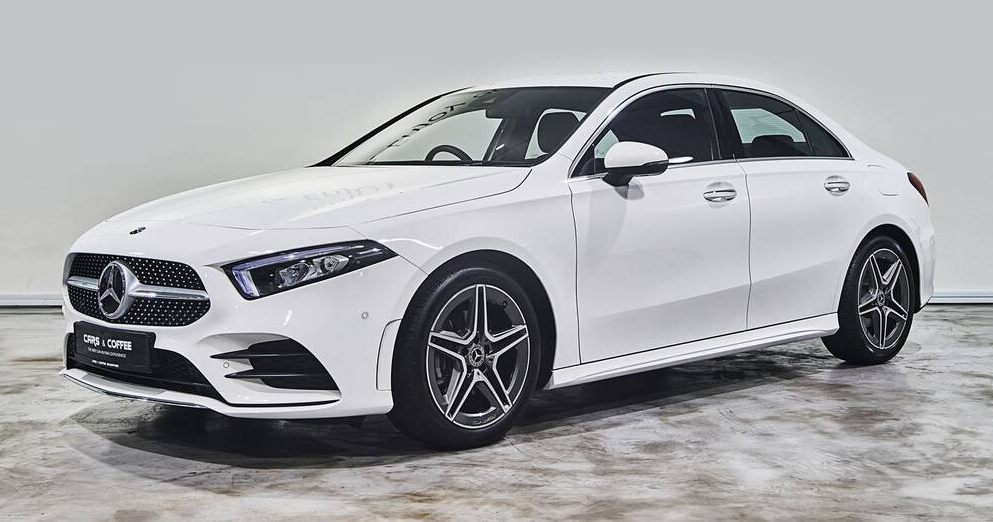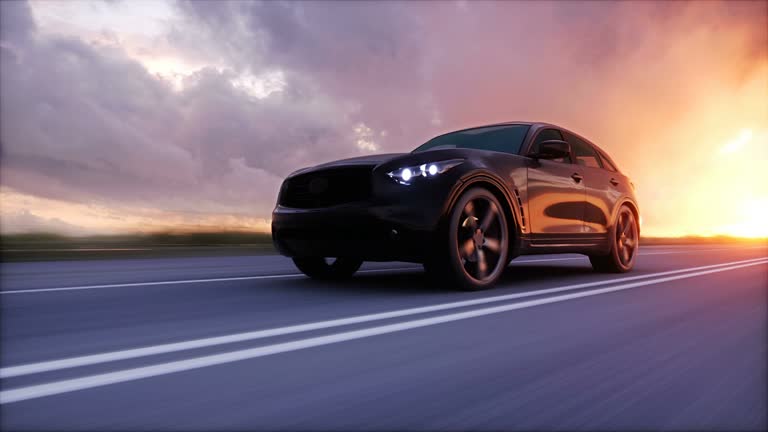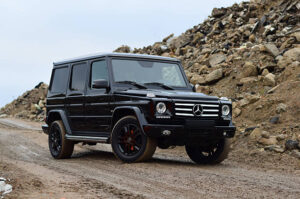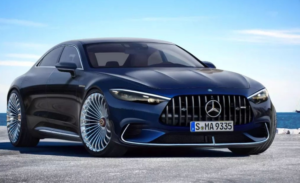There are dozens of characteristics by which cars are classified, and one of the most important is the vehicle class. If you are planning to buy a car, take some time to learn what classes of cars exist and what the differences are between them.
Class A
Minicars, the length of the body of which is less than 3.6 meters, and the width is no more than 1.6 meters. These are compact and economical in operation cars mainly for movement within the urban environment. Mostly three-door, less often five-door bodies with a small trunk. Economy class A cars are a particularly popular choice among women of all ages, while men mostly prefer larger and more powerful options.

Class B
The “Small cars” category includes cars with a body length of up to 4.2 meters and a width of no more than 1.7 meters. The engine capacity is in the range from 1.2 to 1.6 liters. Compared to the previously described, this class of passenger cars is represented by noticeably more spacious and comfortable cars. It is noteworthy that, depending on the body type, the same model can belong to either the B or C class. This category mainly includes hatchbacks and compact sedans.
Class C
According to the European classification, this includes cars of the middle class of the lowest level. This group is often called “golf class” and “Medium cars”. The length of the cars can reach 4.5 meters. Inside the cabin, up to 5 passengers can be comfortably accommodated, the luggage compartment is quite large. Popular body types are mid-size sedan and hatchback. Due to their versatility, such cars are equally well suited for both city driving and country trips.
Class D
The so-called “family class”, represented mainly by station wagons and sedans up to 4.7 meters long and up to 1.9 meters wide. The list of middle-class cars includes the well-known Mercedes-Benz C-class cars, which, despite the name, according to the European system belong to category D. Features of the cars: spacious interior and roomy luggage compartment, average or higher price, engine capacity up to 2.5 liters, expensive interior trim.
Class E
The most comfortable cars of the middle class, which are often called “business class”. In most cases, these are sedans, much less common are station wagons. In terms of dimensions, they are often no larger than class D, but surpass its representatives in technical equipment and interior trim. Expensive and high-quality materials are used for production, including genuine leather, there are also additional options for a more comfortable and safe ride.
Class F
A logical continuation of the list of business class cars is the category of executive cars, which belong to the luxury class. These are large-sized sedans with a length of 5 meters or more with expensive interior trim, many options, advanced electronics and luxurious design. Some owners of such cars do not drive themselves, but hire a personal driver, taking into account which many cars in this category are designed. Group F is divided into two subclasses:
- F1 . Premium cars produced in large quantities.
- F2 . Exclusive hand-assembled machines, presented in limited numbers.

Class G
The prestige classes of cars end with the F category discussed above, but the classification of vehicles is not limited to this. Thus, class G is widespread, which includes cars with a coupe-type body. These are three-door cars with a powerful engine and a sporty, often aggressive design. Subclasses G1 and G2 are distinguished by analogy with the F1 and F2 discussed above. G1 includes serial cars, and G2 includes coupes of individual production.
Class H
It is presented by convertibles and roadsters. Both variants do not have a hard roof – instead, a folding top is implemented. Due to the external similarity, many do not understand the difference between a roadster and a convertible, although it is easy to tell them apart. The first has exactly two seats, while the second can have more than two. Otherwise, there are no fundamental differences.
Some models can be included in the list of business class cars due to their relatively high cost, modern technical equipment and high engine power.
SUV class1
Sports utility vehicles that have evolved from classic SUVs, but are used primarily in urban environments for driving on paved roads. The SUV1 class includes small cars – crossovers and so-called SUVs. In addition to driving around the city, they are suitable for driving on broken and poorly cleared surfaces, for example, in winter. They can overcome minor off-road conditions, but nothing more.
SUV2 class
The origin and purpose of cars of this class are similar to the SUV1 discussed above. The differences are in size, ground clearance and cross-country ability. SUV2 cars are able to comfortably move both around the city and in not the most difficult off-road conditions, including mud. They are more spacious, have a more powerful engine. In terms of comfort, they can compete with some representatives of the list of business class cars in Russia.
MPV class
The abbreviation stands for “multi-purpose vehicle”, which fully reflects the essence of the cars from this group. This includes minivans based on a station wagon. These are far from executive class cars, but they are still quite comfortable to operate, more spacious in comparison with passenger station wagons, but inferior to ordinary minivans. They also differ from the latter by the presence of hinged passenger doors instead of sliding ones.
Conclusion
The above list of car classes cannot be called complete, especially considering that there are several systems in the world. In Europe, the EuroNCAP standard is used, while Spain, the USA, China and Japan have their own classifications. However, you already know enough about the classes of cars that exist, and you will not make a mistake when choosing a new car.
FAQ’s
-
What is the difference between Class A and Class B cars?
-
Class A cars are smaller (under 3.6 meters in length) and are designed primarily for city driving, offering excellent fuel economy. Class B cars are slightly larger (up to 4.2 meters), providing more space and comfort while still being compact and efficient.
-
-
Which car class is best for families?
-
Class D (family class) is the most suitable for families due to its spacious interior, large trunk, and comfortable seating. MPVs (multi-purpose vehicles) and SUV2-class cars also work well for families needing more space and versatility.
-
-
What class of car is best for off-road driving?
-
SUV2-class vehicles are the best for off-road driving as they have higher ground clearance, a more powerful engine, and better all-terrain capability compared to SUV1-class crossovers, which are more suited for light off-road conditions.
-
-
What is the difference between Class E and Class F cars?
-
Class E cars are considered “business class” with premium comfort and advanced features but remain in the mid-size range. Class F cars, also known as luxury or executive cars, are larger, more luxurious, and often come with high-end materials, advanced technology, and sometimes even a chauffeur-focused design.
-
-
What is the main characteristic of Class G and Class H cars?
-
Class G cars are coupes, known for their sporty design and powerful engines, while Class H cars are convertibles and roadsters, designed for open-top driving with either two or more seats.
-






